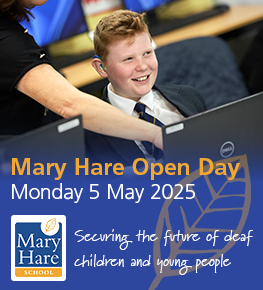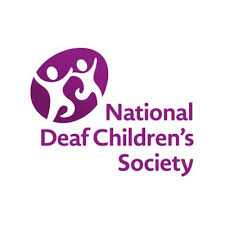3.6. Auditory neuropathy spectrum disorder (ANSD)
Introduction:
During the NHSP screening, the results may show a pattern for ANSD (also known as auditory dys-synchrony). This will be highlighted when there is an absent ABR with present OAE and/or CM. This pattern indicates normal activity in the outer hair cells, but no activity at some point from the inner hair cells along the neural pathway. It is not always evident at NHSP, however, as an absent ABR response will result in a referral to audiology. If there are any concerns, a more detailed assessment of the cochlea function would be carried out before a diagnosis is confirmed.
ANSD is on a ‘spectrum’, and the impact on individual infants will vary in its severity. It will affect approximately one in ten who are referred for further audiology assessment and tends to be more prevalent in infants who have been in special care or a neonatal intensive care unit a neonatal intensive care unit (NICU), but this is not exclusive.
ANSD can be transient, for example, in delayed maturation, or can be long-term. It is recommended that assessments, including ABR, are repeated when the infant is around 12–18 months to establish if it is still present. ANSD can also be present unilaterally or bilaterally.
Procedure:
At the audiology assessment, an air conduction (AC) ABR at 4 kHz is carried out.
- If any response is present, then ANSD is ruled out.
- If the response is absent, cochlear microphonic (CM) testing is carried out at 85dBnHL. A clear response from the CM will suggest evidence of ANSD.
- An absent response with the CM (and OAE) will suggest conventional deafness.
- This process is carried out on both ears separately.
Once it is established that ANSD is present, considerations need to be made for amplification. The use of behavioural thresholds provides the best method to determine if hearing aids, cochlear implants, or no amplification is required.
Considerations for QToDs:
- An infant can have sensorineural deafness (SNHL) and ANSD. The impact of this can result in fluctuating hearing levels. As the characteristics of ANSD are not definite, and it is difficult to understand what and how the infant hears, supporting the family is really important.
- Each infant with ANSD is individual. The amplification choice is very dependent on each infant. Understand how each type may benefit the infant – hearing aids, cochlear implants, radio aids, etc.
- As behavioural thresholds support the audiologists’ decision on appropriate amplification, condition the infant on carrying out assessments (VRA, speech discrimination, etc).
- ANSD may be an indicator of an underlying neurological condition. A range of medical assessments will be recommended by the audiologist including CMV testing, magnetic resonance imaging (MRI), ophthalmology, and vestibular assessment. The QToD should reassure the family of what each assessment involves and its purpose.
Further reading:
For further information please refer to:
BSA -Recommended procedure-Assessment-and-Management of ANSD in Young Infants(visit the BSA website via this link for most recent publication)
BSA – Recommended Procedure for Cochlear Microphonic Testing (visit the BSA website via this link for most recent publication)
Next pages in section 3
3.7 Auditory processing disorder (APD)
3.8 Cochlear implant assessment
3.9 Bone conduction implant assessment
Previous pages in section 3
3.1 Newborn hearing screening programme (NHSP)
3.3 Visual reinforcement audiometry
3.5 Assessing children with additional needs
Other sections
- Section 1 Anatomy and physiology of the ear
- Section 2 Aetiology and types of deafness
- Section 4 Acoustics and physics of sound
- Section 5 Listening skills and functional hearing
- Section 6 Hearing technologies




